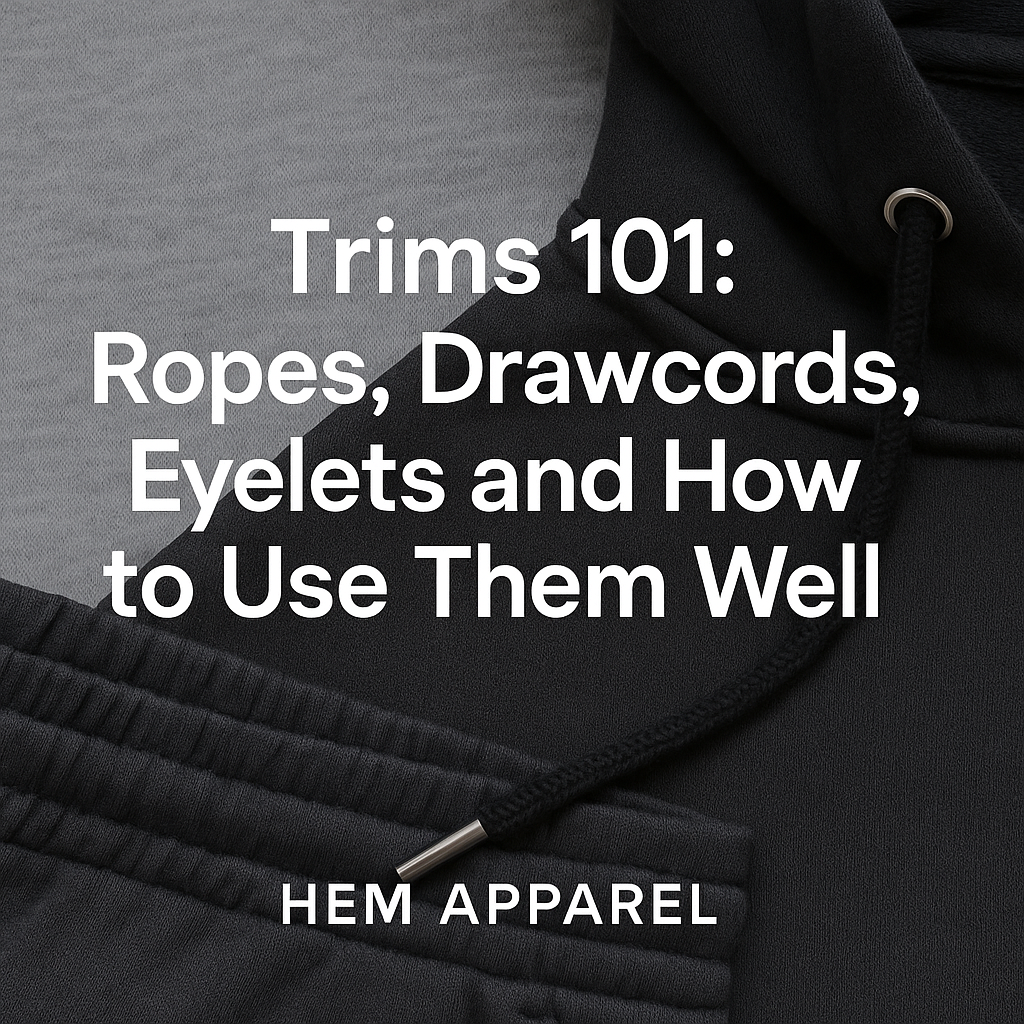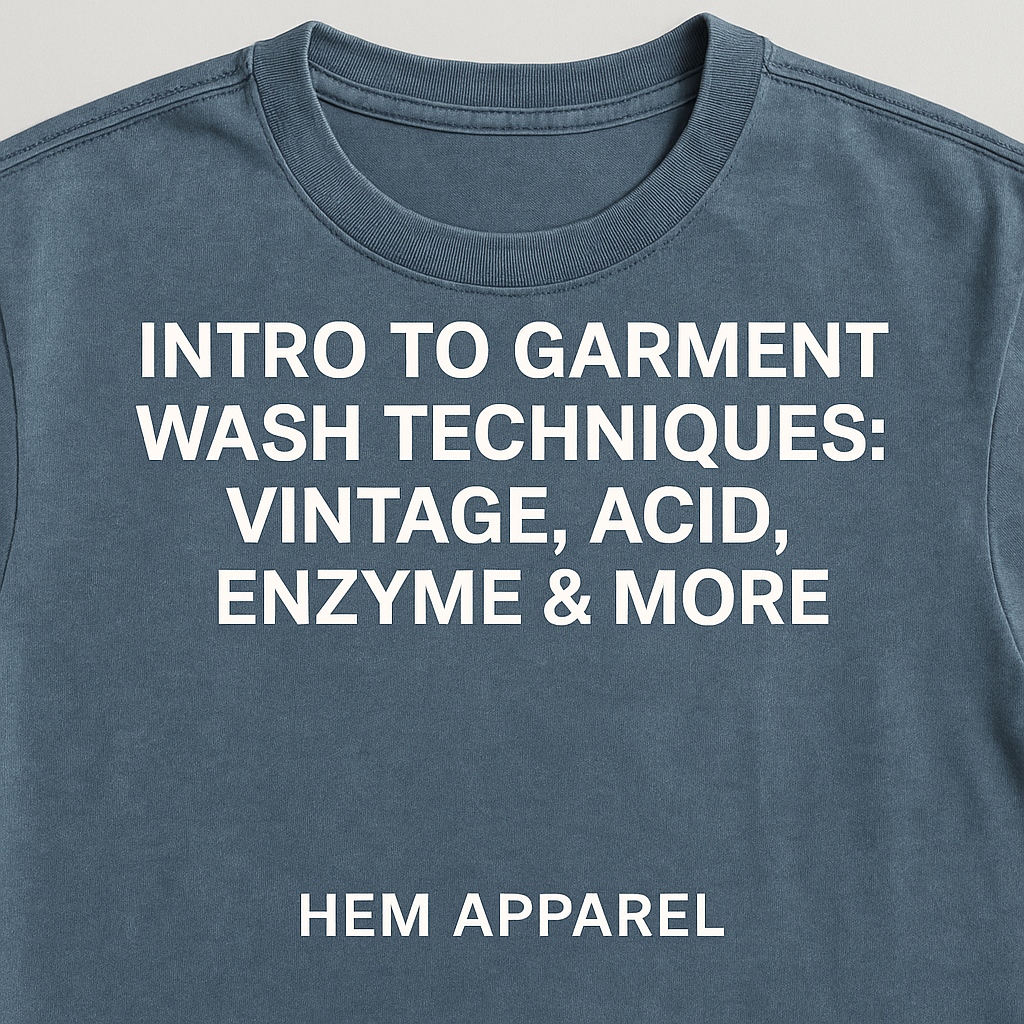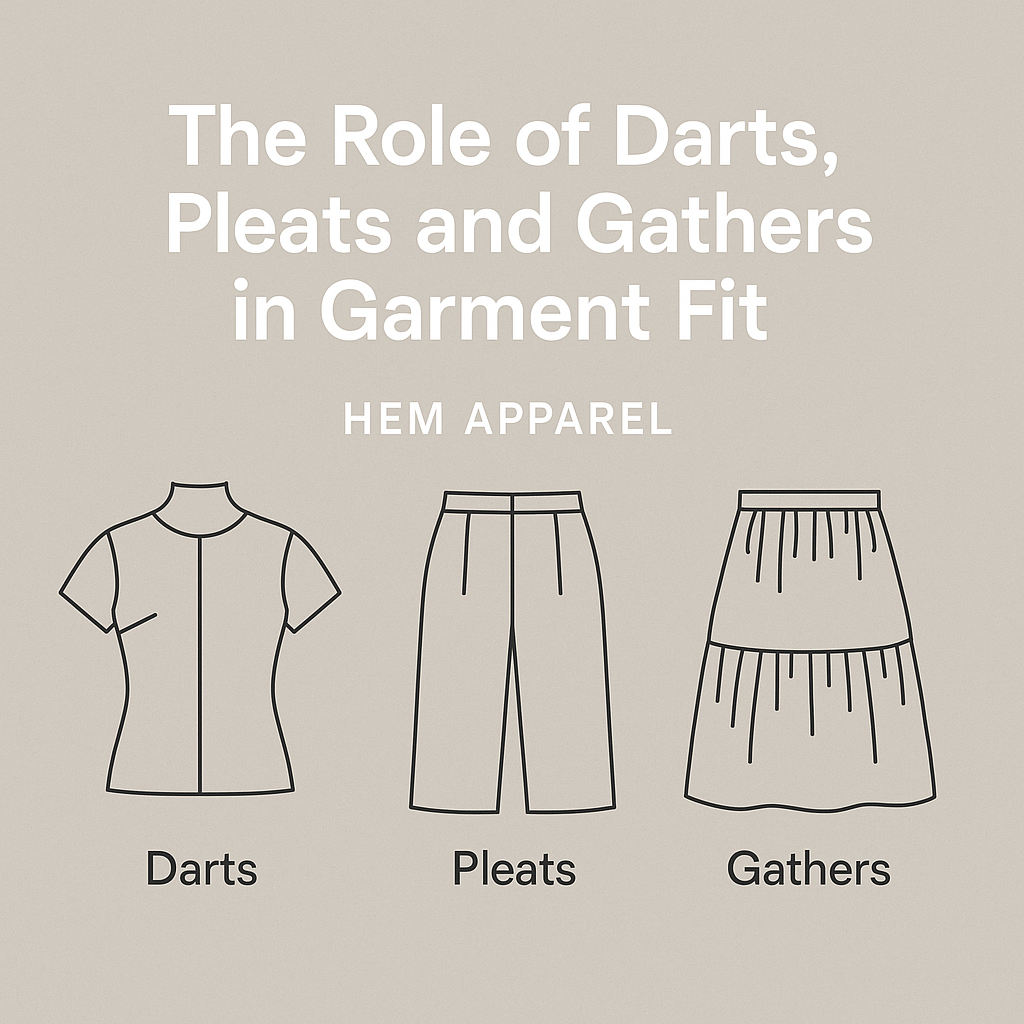1. Why a Size Chart Matters
-
Helps customers choose the right fit
-
Reduces returns due to sizing issues
-
Aligns your factory’s pattern development with your vision
-
Builds trust and professionalism for your brand
At HEM APPAREL, every style is based on a clear size spec, adjusted for different fits like oversized, slim, or relaxed.
2. What a Size Chart Should Include
| Element | Description |
|---|---|
| Measurement points | Chest, length, sleeve, waist, etc. |
| Unit system | Centimeters (cm) or inches — be consistent |
| Tolerance | Acceptable variation (e.g. ±1 cm) |
| Fit note | E.g. “This style has a relaxed fit” |
| Model reference (optional) | Model’s size & height for context |
3. Sample Size Chart for a Unisex T-shirt (cm)
| Size | Chest | Length | Sleeve |
|---|---|---|---|
| S | 50 | 68 | 20 |
| M | 53 | 71 | 21 |
| L | 56 | 74 | 22 |
| XL | 59 | 76 | 23 |
| XXL | 62 | 78 | 24 |
Add a note like: “This T-shirt has a slightly boxy fit. Size down for a closer fit.”
4. Adapting Size Charts for Market or Region
Different markets = different body proportions.
| Region | Notes |
|---|---|
| USA | Larger chest, longer body lengths |
| Asia | Narrower shoulders, shorter torsos |
| Europe | Slim but taller measurements |
We often adjust size specs at HEM APPAREL depending on the brand’s export market.
5. What to Avoid in Size Charts
🚫 Copying random brand charts from Google
🚫 Mixing fit types (e.g., regular fit chart for oversized shirt)
🚫 Ignoring real-world wear testing
🚫 Forgetting to update chart after pattern revisions
🔚 Conclusion
A great size chart doesn’t just reduce returns — it builds confidence in your brand. The clearer and more tailored your sizing, the better your customer experience and product fit will be.
HEM APPAREL – Your trusted manufacturing partner for high-quality custom apparel, made in Vietnam





